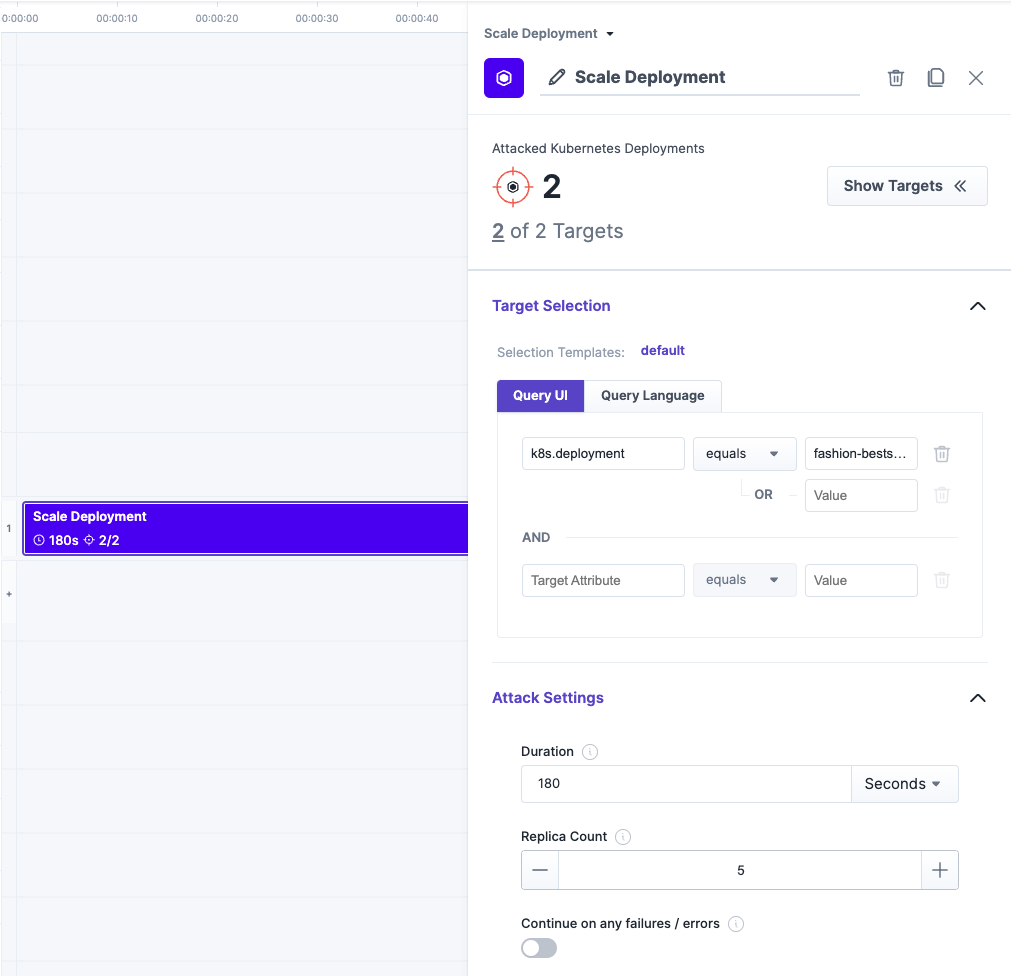Scale Deployment
Up-/Downscale a Kubernetes Deployment
Targets:
Kubernetes Deployments
Scale Deployment
Up-/Downscale a Kubernetes DeploymentTargets:
Kubernetes Deployments
Install nowScale Deployment
Up-/Downscale a Kubernetes Deployment
Targets:
Kubernetes Deployments
Scale Deployment
Up-/Downscale a Kubernetes DeploymentTargets:
Kubernetes Deployments
Install now

